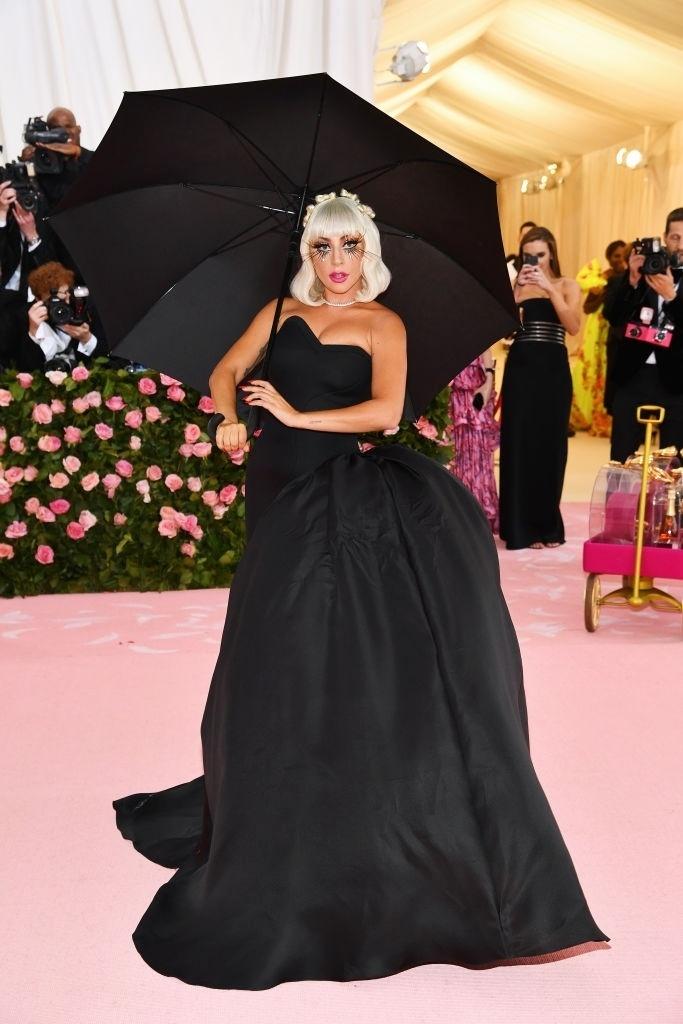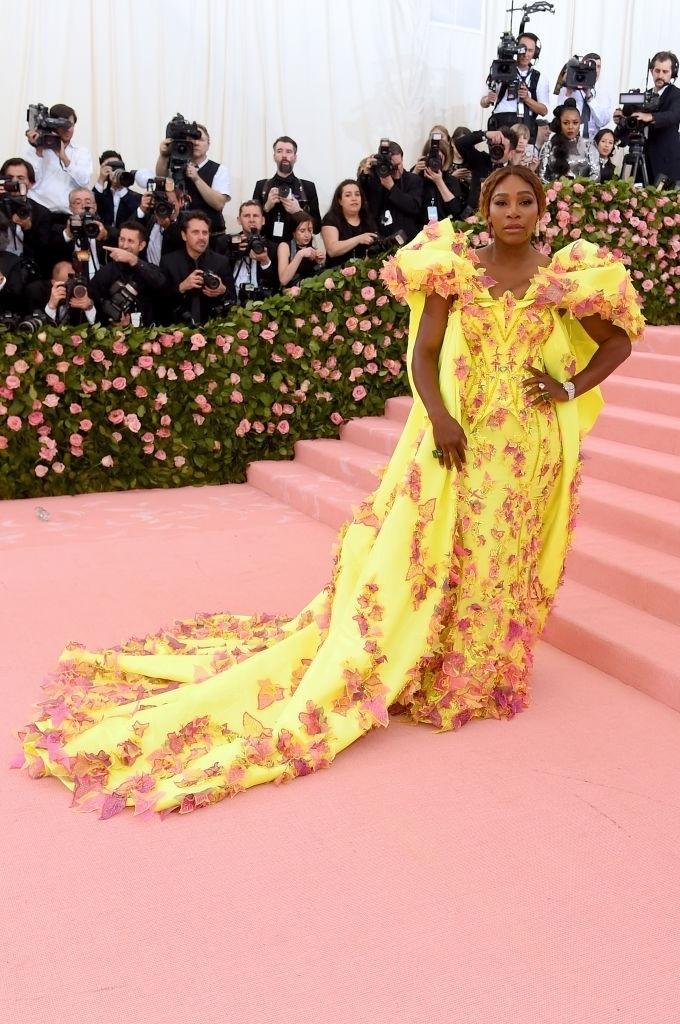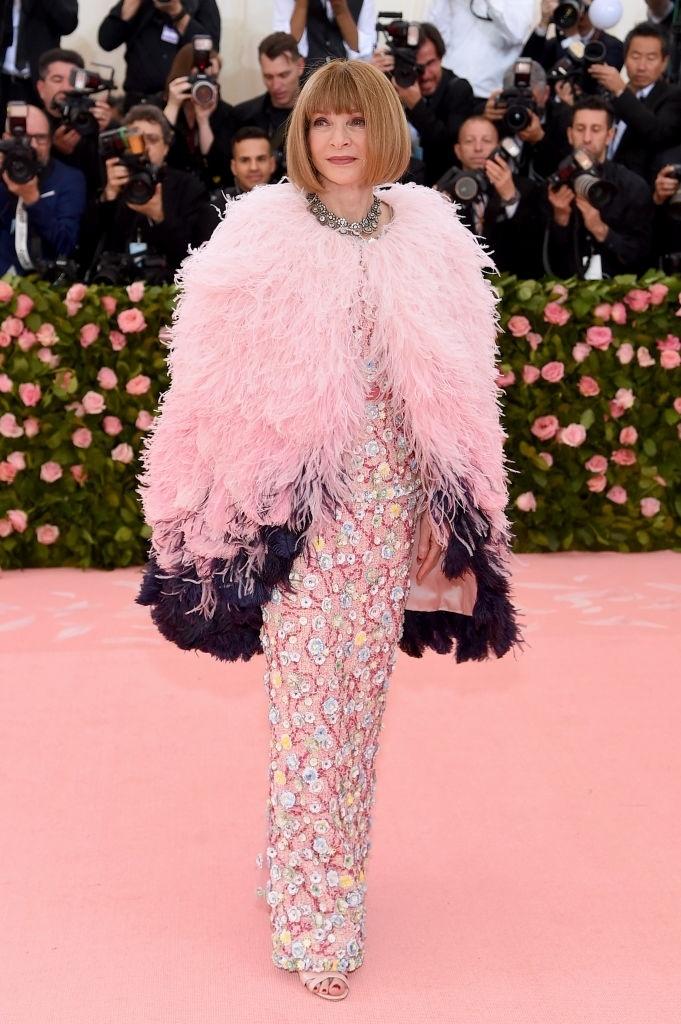Lady Gaga usa R$ 8 milhões em joias no MET Gala 2019; veja os detalhes

Lady Gaga já chegou mostrando para o que veio assim que pisou no tapete vermelho do MET Gala 2019, em Nova York, Estados Unidos, nesta segunda-feira (6).
Com quatro looks em um só, a cantora investiu aproximadamente R$ 8 milhões em joias como órios para o evento, em que foi anfitriã. Todos diamantes da Tiffany & Co.
Entre eles, estava um colar de borboleta de ouro de 18 quilates com diamantes da Tiffany Blue Book Collection. Ela combinou essa peça com brincos de diamante, de R$ 1,3 milhão, e alguns anéis tão brilhantes quanto.

O principal deles era o Tiffany True Ring, de 15 quilates em platina com diamante, avaliado em US$ 4,6 milhões. Além deste, os outros anéis eram de safira rosa, diamante, safira roxa, espinélio rosa e platina com rubelite. Todas as peças combinadas somam aproximadamente R$ 8 milhões.
Vale lembrar que no Oscar 2019, Gaga também não economizou quando o assunto era joias. Na ocasião, a ganhadora do prêmio de "Melhor Canção Original", usou uma joia lendária que, hoje em dia, valeria mais de 30 milhões de reais.
Basiquinha, né?
Veja os looks de outras famosas para o MET Gala 2019:




















ID: {{comments.info.id}}
URL: {{comments.info.url}}
Ocorreu um erro ao carregar os comentários.
Por favor, tente novamente mais tarde.
{{comments.total}} Comentário
{{comments.total}} Comentários
Seja o primeiro a comentar
Essa discussão está encerrada
Não é possivel enviar novos comentários.
Essa área é exclusiva para você, , ler e comentar.
Só s do UOL podem comentar
Ainda não é ? Assine já.
Se você já é do UOL, faça seu .
O autor da mensagem, e não o UOL, é o responsável pelo comentário. Reserve um tempo para ler as Regras de Uso para comentários.